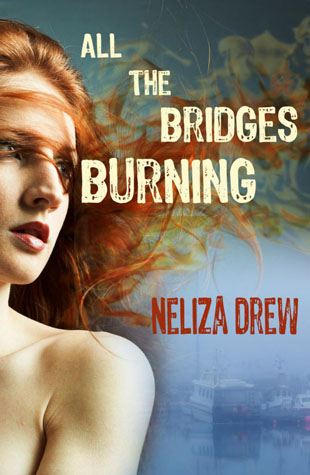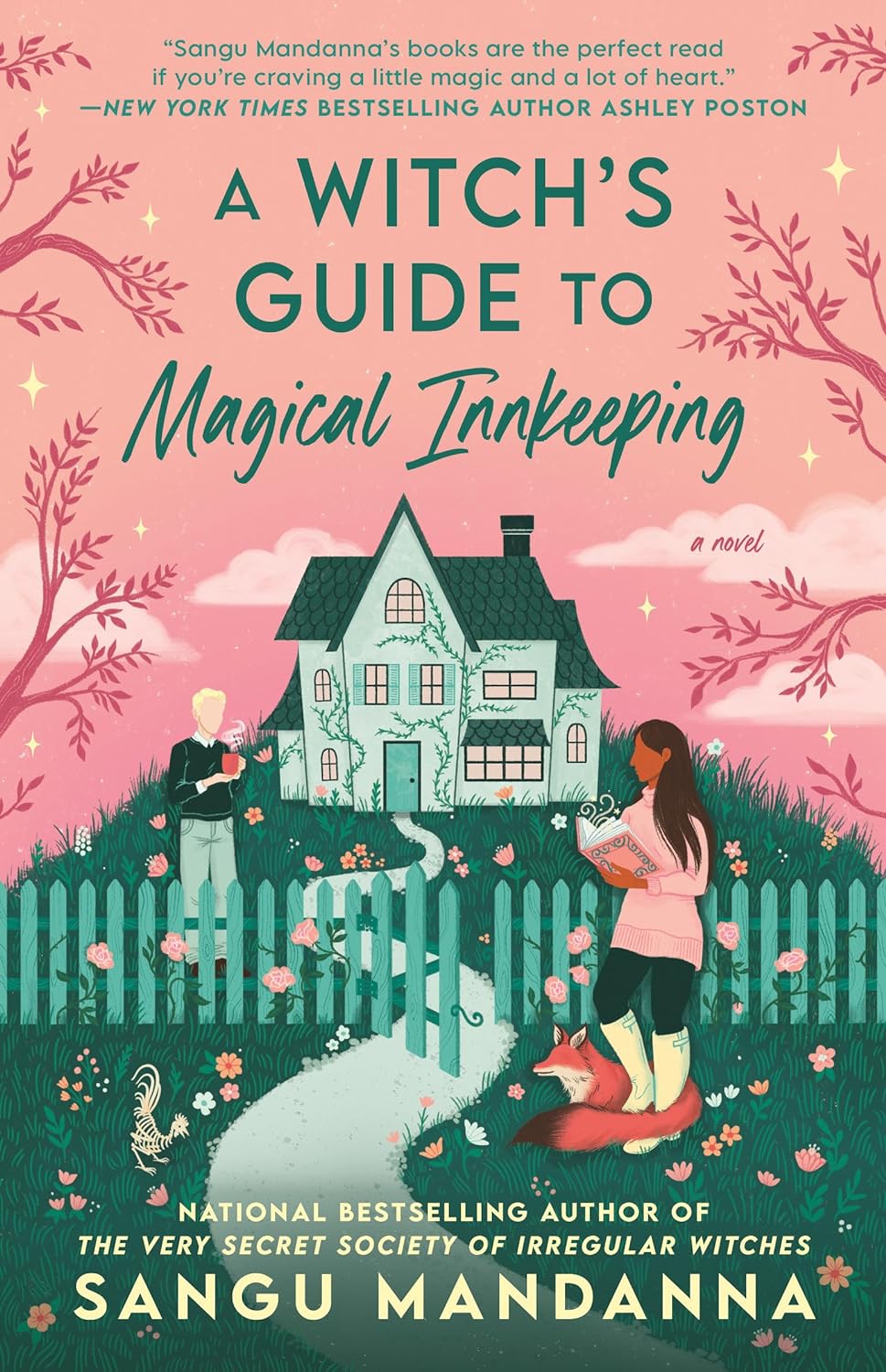 Write What You Know, Y’all
Write What You Know, Y’all
“Write what you know.” If there were ever a piece of overblown advice or a piece of advice regularly taken too literally, this would be the one. Most writers haven’t gone to wizarding school, been secret assassins, or been in abusive relationships with billionaires. Most readers don’t want to slog through pages of laundry, helping kids with homework, and a detailed conversation about whether or not the blinds need to be replaced after the dog chewed them. What most writers also know are people and places. They tend to be observers, listeners, who file away bits of conversation, regional phrasing, and bits of local color.
In some of my favorite books, the places become characters in their own right. Cities like New York, Los Angeles, Miami, and Chicago come to mind, but small towns and even fictional counties (Absaroka, Wyoming, anyone?) can lend authenticity, give voice to regions and the real people in them.
The places I know best are Carteret County, North Carolina and Broward County, Florida. The former is my hometown that never really felt like home. Maybe because of that, I spent too much time watching the people around me trying to figure them out. I may not have got figured it out enough to fit in, but hopefully it helped me create a cast of characters who seem real even though they aren’t.
Davis doesn’t really have a hometown, not one she remembers much about anyway. Her dysfunctional, nomadic family, roamed the country for years between her toddlerhood in California and a few years of high school in North Carolina. In All the Bridges Burning, Davis Groves spends a lot of time back in the place she got her GED and the first place she first made friends besides her older sister. It’s a place that represents a great deal of her attempting to “grow up normal’ and also a source of pain she doesn’t want to revisit and definitely doesn’t want to talk about. Until she has to.
Carteret County can be beautiful and it’s long been popular for visitors, especially from Virginia or people looking to escape New York and New Jersey for a few days. The coast of North Carolina, like most coastal areas of North America – outside of Florida where things tend to get flip-flopped (yes, bad pun, apologies) – is sunny and charming and busy in summer when tourists descend and every store window beckons with air conditioning and ice cream and brightly-colored towels and tee shirts. In winter, when the shops and restaurants close and the weather turns gray and cold, the coast feels far less inviting. The sky reflected in the churning ocean is more reminiscent of a damp sweater and the streets are empty early.
It was into this cold, gray world, in a town she never really felt part of and that largely packs away its friendly openness at the end of “season,” that I dropped my outsider with the terrible past and the family who’d been both her rock and her burden.
 Decades ago, I read a book set in Beaufort (BOH-fort), and while I remember nothing of the plot, I can perfectly recall the cover showing a stone castle like something from a postcard from Ireland sitting on a stone cliff, something the book described as being located roughly between where my mother lived at the time and the local high school. Except, most of the county is at or barely above sea level, so there are no cliffs or bluffs in All the Bridges Burning.
Decades ago, I read a book set in Beaufort (BOH-fort), and while I remember nothing of the plot, I can perfectly recall the cover showing a stone castle like something from a postcard from Ireland sitting on a stone cliff, something the book described as being located roughly between where my mother lived at the time and the local high school. Except, most of the county is at or barely above sea level, so there are no cliffs or bluffs in All the Bridges Burning.
In fact, there’s a town Down East – yes, NC has one, too – that’s actually named Sea Level. (Note, that’s also proper Eastern Carolina phrasing to say “a town Down East rather than a town in Down East. Additionally, in listening to locals, when referring to Down East as a place – versus a collection of places – the pronunciation tends to blend the words together more like “downeast,” but when speaking of the area directionally – as in “down [there to the] east,” the separation between the words becomes more distinct.)
Trying to add some authenticity to regional dialect without writing something that looks like the Canterbury Tales is hard. Finding an editor who can help make a book readable to everyone while maintaining the flavor of the area can be harder. Luckily I found a good one and any remaining confusion is all my fault.
There are a few dialectical references in the book and if you’d like to hear some more that didn’t make it, there’s a video link on my blog. Growing up in Eastern Carolina, I heard the word “dingbatter” a lot, especially every summer. Dingbatters are people who aren’t local, whether they’re temporary tourists or just people who weren’t born there. Another is more a quirk prevalent in Eastern North Carolina whereby every other place becomes “up there,” unless of course, it’s in Down East. My guess would be that this comes from “getting up to” and “fixing to get up to,” which have to do with what someone is doing or about to do (but also where they’re going or about to go in order to do the doing). Thus, more than a couple of residents will “head up to Georgia” or “up to Disney,” despite the southerly direction of those places. Somewhere west of the state border, “up” becomes “out,” because no one goes “up to California,” but they do go “up to Asheville.
Overall, as much as I tried to add a sense of place, I think too much gets filtered through a Davis’s lack of connection to anywhere or perhaps my distant connection to the area. Maybe, after having been through dozens of beach towns, fishing towns, tourist towns, dying towns, and reinvented towns where I’ve noted the similarities and the differences to the place I grew up, I’ve come to understand that it’s the people that make a place unique more so than the specific layout of the land. Hopefully, the people Davis meets feel real enough.







sabrina ogden
July 21, 2016 - 11:19 AM